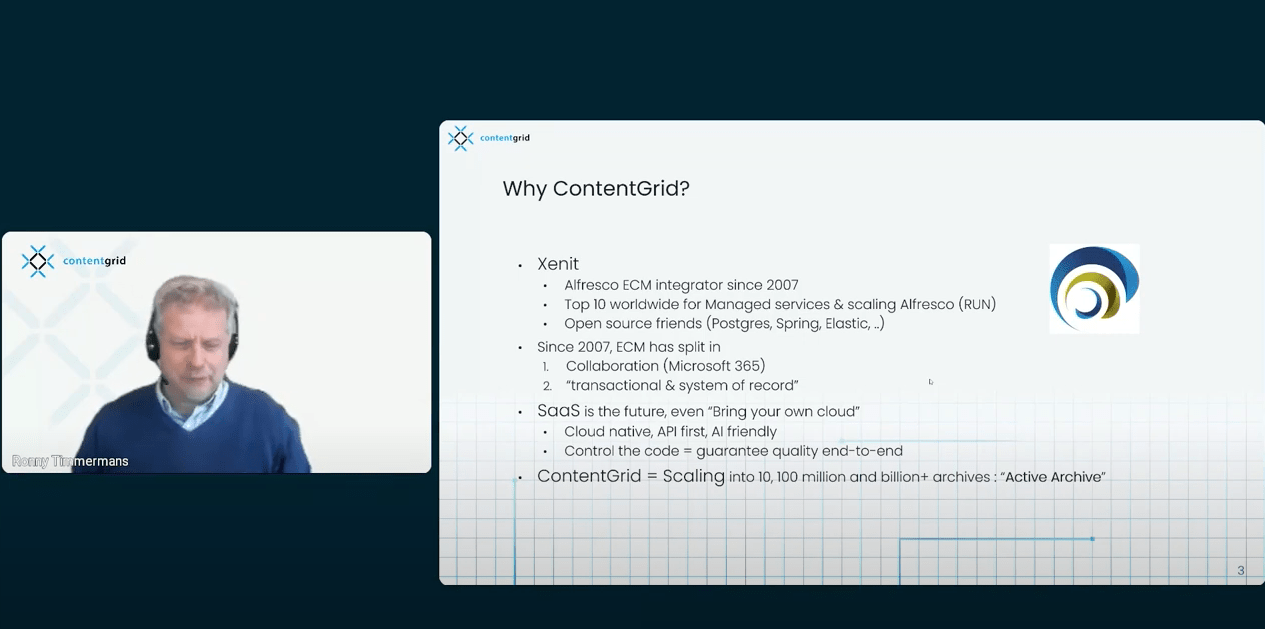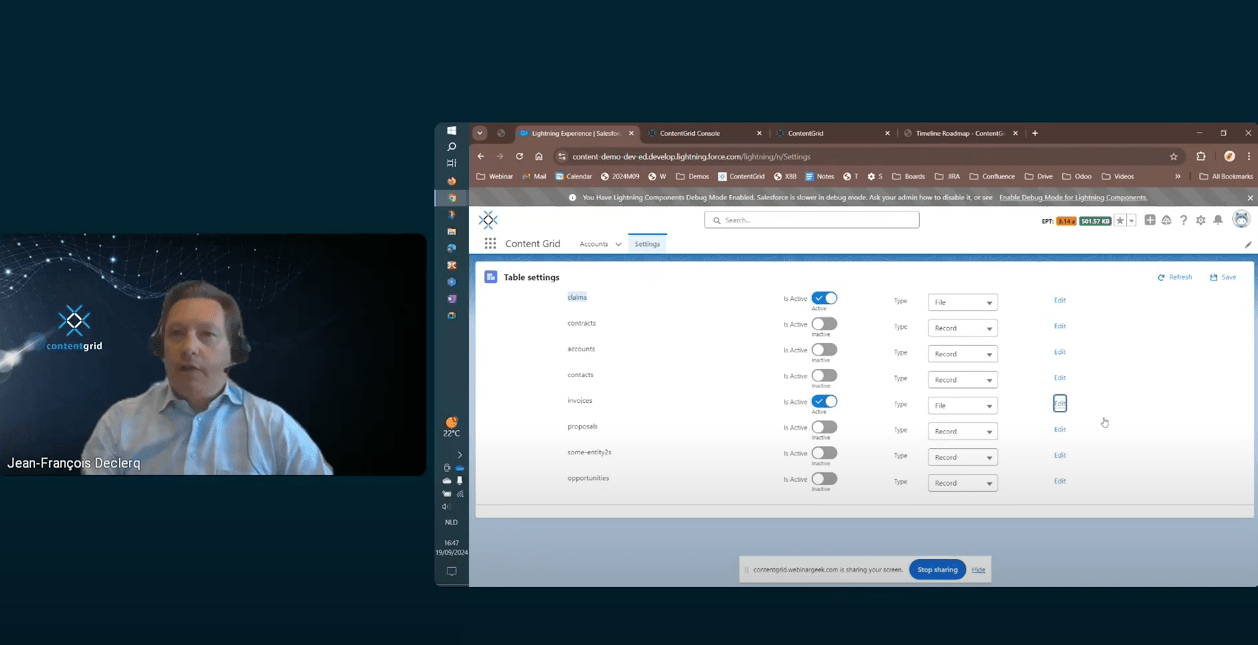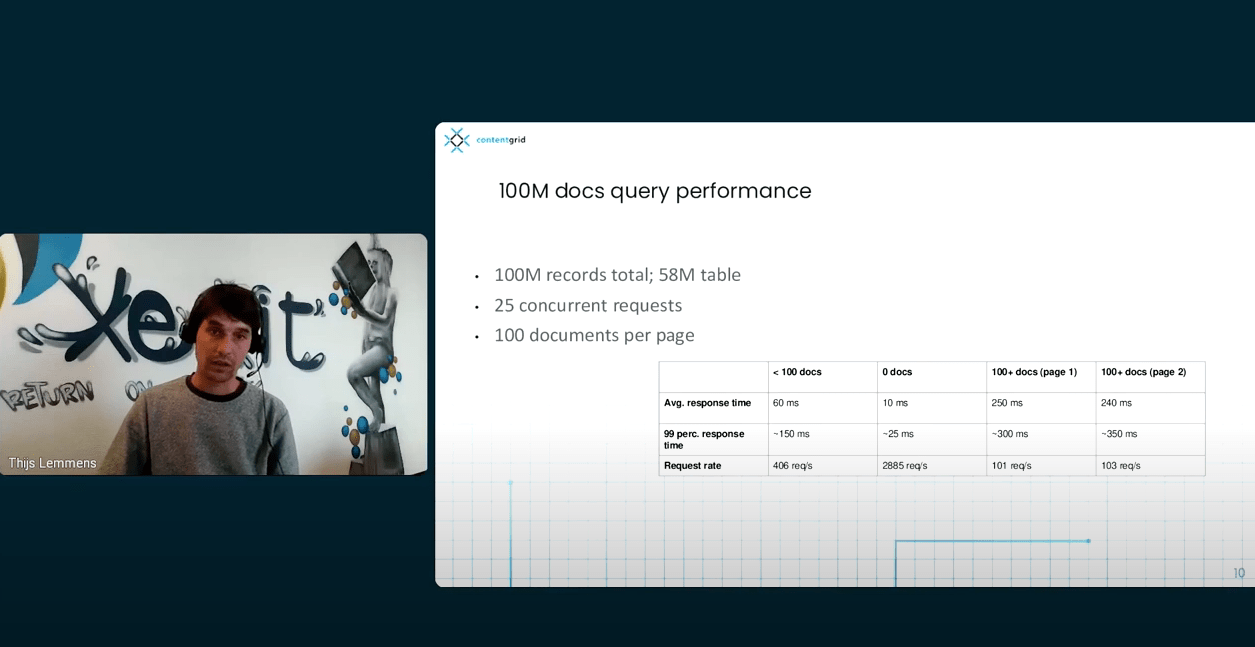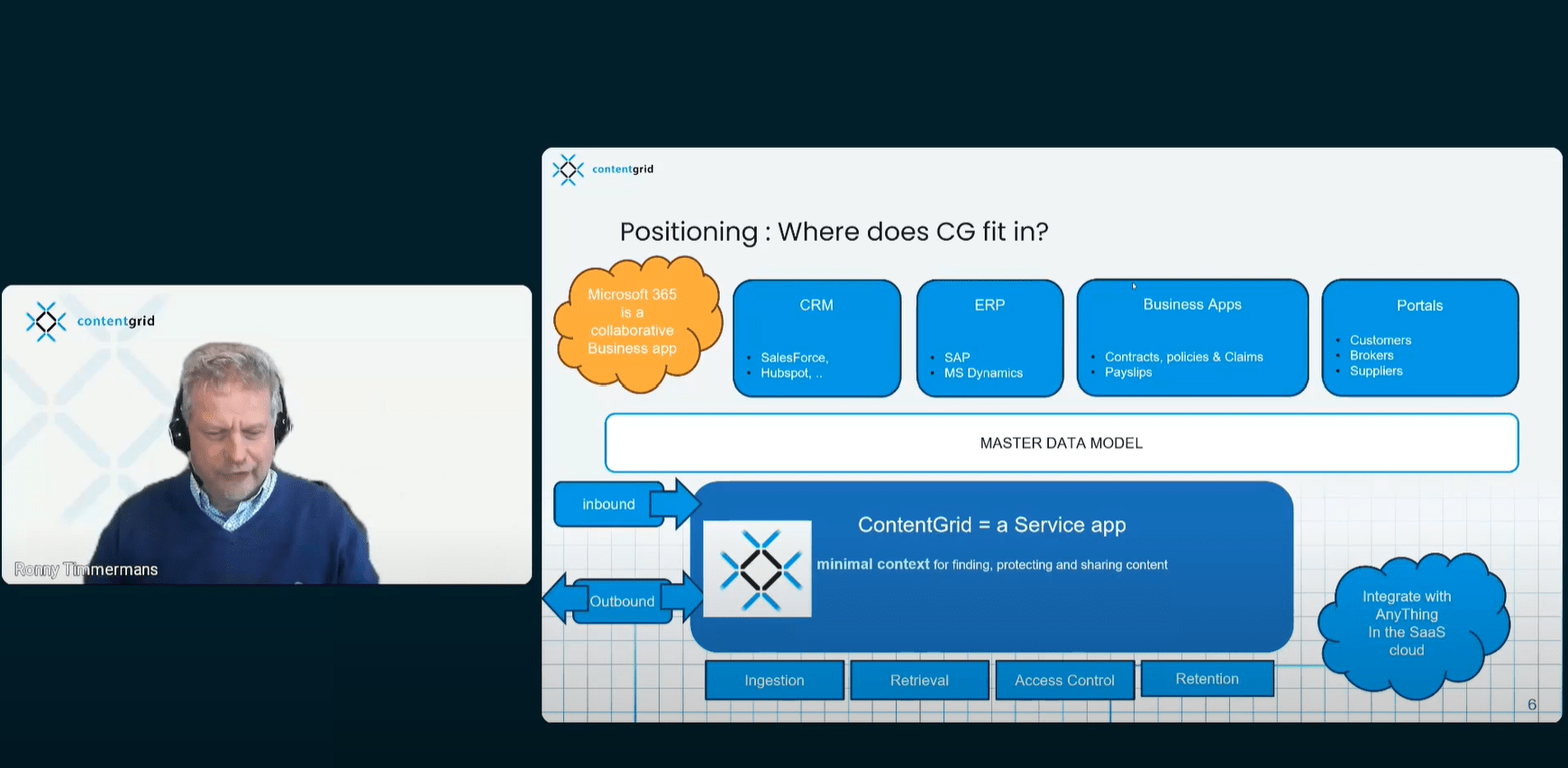
In today’s fast-paced digital world, traditional content management systems often fall short, struggling with scalability and cumbersome permission management. Legacy Enterprise Content Management (ECM) solutions can create inefficiencies that stifle productivity and hinder collaboration, especially as businesses grow.
In our recent webinar, Xenit showcased ContentGrid, an innovative AI-first platform designed to tackle these challenges. In this blog we will deep dive into how ContentGrid redefines content management with scalable, cloud-native solutions that ensure seamless integration and smart document handling for modern enterprises.
AI-first platform for Enterprise Content Management
The Changing Landscape of ECM
The landscape of Enterprise Content Management (ECM) has evolved dramatically in recent years. Once dominated by all-in-one packages, content management now comprises specialized systems that cater to different needs. Today, we can categorize content management into two main types:
- Collaboration Systems (e.g., Microsoft 365): Where teams work collaboratively on documents in real-time, driving creativity and innovation.
- System of Record and Transactional Systems: These systems deal with the long-term storage, management, and archiving of massive amounts of documents, often created by backend processes. These documents must be carefully archived to meet legal requirements, governance policies, and business needs.
This evolution from a single, unified system to specialized processes has paved the way for innovative solutions like ContentGrid, which addresses the complexities of scalable, transactional content management.


Why ContentGrid?
ContentGrid is designed to handle massive amounts of documents while maintaining speed, governance, and scalability. Xenit’s journey as an Alfresco partner led to the development of ContentGrid as a next-generation solution that focuses on:
- Open-Source Innovation: Built on powerful open-source technologies like PostgreSQL and Spring, ContentGrid remains aligned with the open-source philosophy that has driven much of modern software development.
- Cloud-Native and AI-Friendly: ContentGrid is built with cloud-native architecture, emphasizing "API first" design principles and AI readiness. This ensures that businesses can leverage advanced technologies like artificial intelligence and machine learning to manage and analyze their content.
- Control and Quality Assurance: One of the main reasons Xenit had developed ContentGrid was to have complete control over the source code. This allows them to guarantee end-to-end quality, scalability, and service for their clients.
Scaling with ContentGrid: From Millions to Billions of Documents
ContentGrid is architected to accommodate not just tens of millions but potentially billions of documents, ensuring that large organizations with extensive content archives can efficiently store, retrieve, and manage their data.
Key Features for Large-Scale Archives:
- Active Archives: ContentGrid allows for the seamless integration of transactional documents, such as contracts and claims, that need real-time interaction with business apps, into a system of record while maintaining high levels of governance and compliance.
- Legal Archiving: Documents are retained only for as long as they are legally required, reducing storage costs and maintaining compliance.


A Semantic Foundation for Smarter Search
One of the most intriguing aspects of ContentGrid is its reliance on a "semantic foundation." This means that instead of traditional folder-based hierarchies, the system is based on expressive concepts like entities and relationships. This semantic structure enhances the search experience, making it far easier for users to find and manage documents, even as the scale of content grows.
- Attribute-Based Access Control: Without folders, ContentGrid uses attributes to control access. This allows for more flexible and scalable document management.
A Glimpse into the Future: Cloud-Native Content Services
The future of content management is leaning toward cloud-native services. As legacy ECM systems become obsolete, businesses are increasingly adopting flexible, scalable, and cost-efficient solutions. ContentGrid positions organizations to embrace this shift, preparing them for scalability in their operations. The vision for the future of content management is clear: cloud-native services are the way forward.

Rewatch our webinar about ContentGrid
In our recent webinar, Gartner's ECM Maturity Model was discussed, positioning ContentGrid at Level 5, which represents transformative content services. However, the team hinted that even Gartner may have overlooked a critical next step: cloud-native, API First and AI Friendly content services, which they believe represents the next frontier, beyond ECM.

Conclusion: The Future is Scalable, Cloud-Native, and AI-Driven
The future of content management lies in systems that are scalable, cloud-native, and intelligent. With a focus on large-scale archives, AI-friendly architecture, and seamless integration, ContentGrid is a solution designed to meet the needs of the modern enterprise. Whether dealing with tens of millions of documents or billions, the system ensures speed, compliance, and scalability—all while providing a next-generation user experience.
As businesses transition to the cloud and leverage AI for data management and analysis, tools like ContentGrid will be essential for driving efficiency and innovation.

